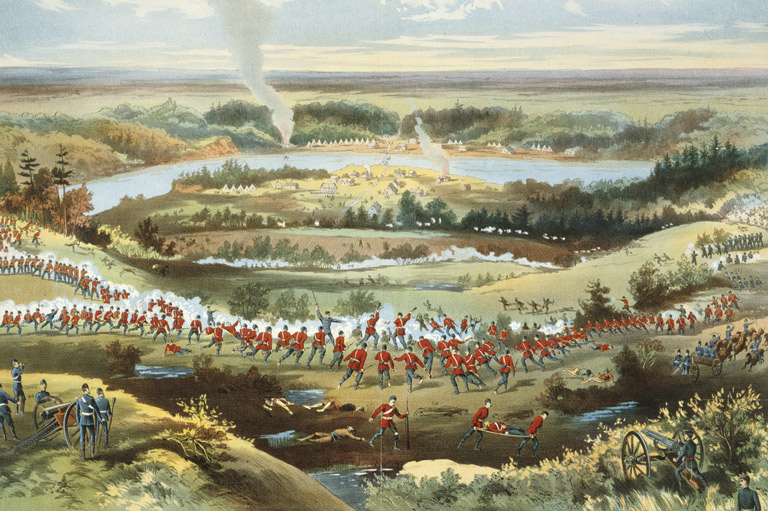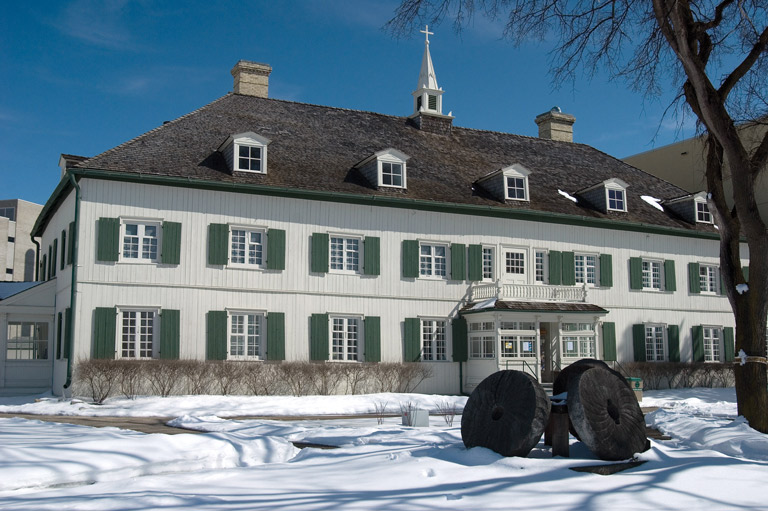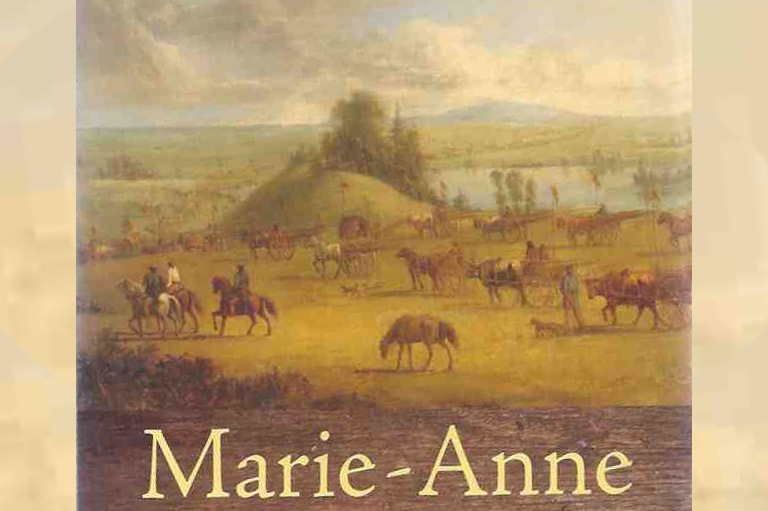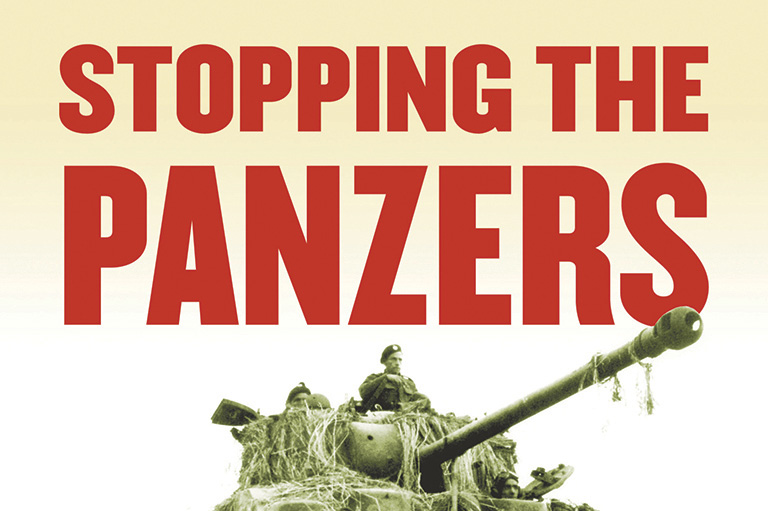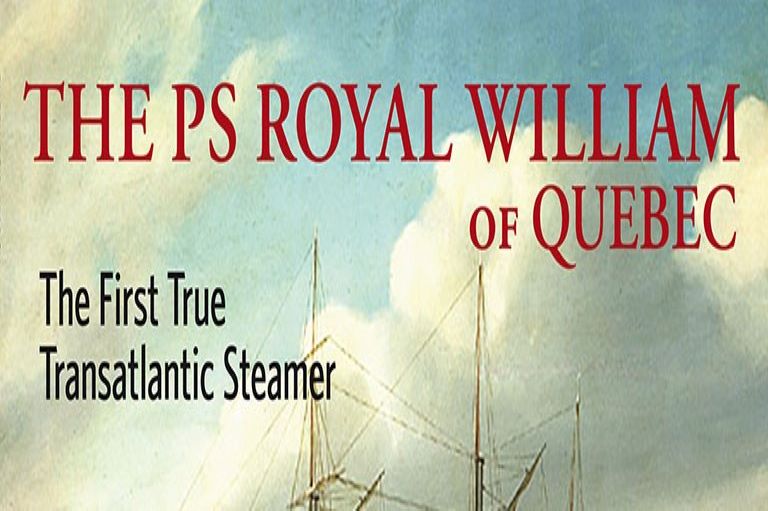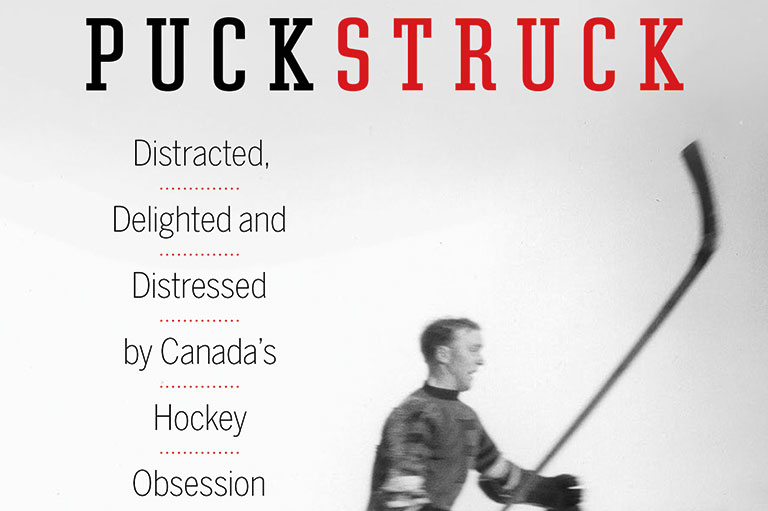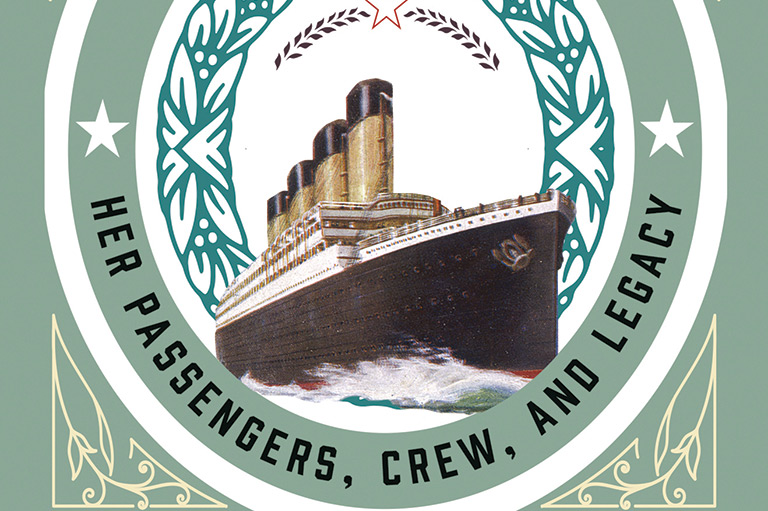Riel’s Defence
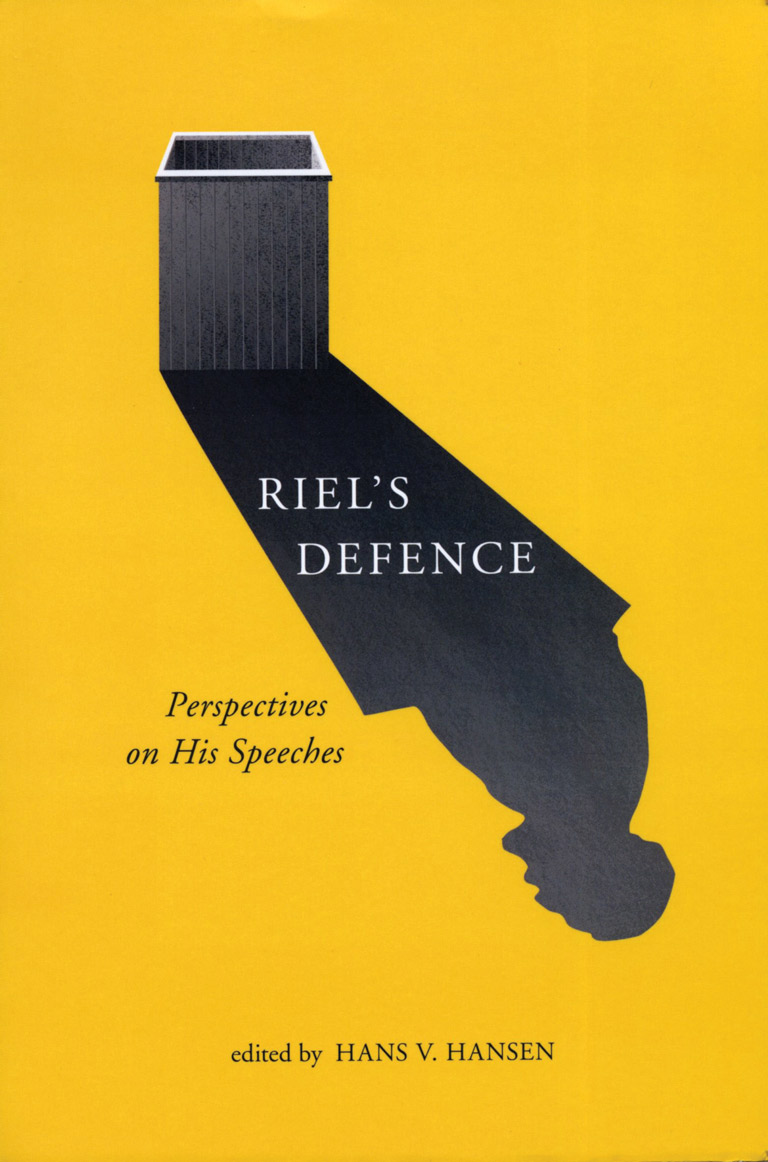
In 1885, Louis Riel famously stood before a jury of six to defend the rights of Metis people and to defend himself against charges of high treason. The trial lasted five days before Riel was found guilty and sentenced to death.
During this ordeal, Riel gave two passionate speeches. In the first, he addressed the jury. In the second — the lesser-known of the two — he spoke to the court following his verdict. These speeches are the focus of Riel’s Defence, an interdisciplinary collection of essays that seeks to address these orations in new ways.
The book begins with an accessible summary of background information from the Red River Resistance to Riel’s political activism at Batoche, in what is now Saskatchewan. It outlines key issues surrounding the trial, such as the contentious allegations of Riel’s insanity — which he firmly rejected — and the legal issues that beset the trial, including the inconsistent use of geographically specific laws and a non-Metis jury This section is followed by a newly organized, annotated, and edited transcript of Riel’s speeches.
The essays are written by people who work in a variety of disciplines, including philosophy, history, law, and religious studies. Papers focus on different aspects of the speeches, such as their uses of rhetoric and logic, arguments, legal merit, and cultural significances. For instance, Kerry Sloan asserts that Riel’s political thoughts were influenced by both European and indigenous systems; Benjamin Authers explores the historical meaning of insanity and its association with humiliation; and Louis Groarke provides an extended comparison between Riel and the ancient Greek philosopher Socrates.
This collection investigates the contexts and motives that shaped Riel’s speeches. It will be of particular interest to readers who follow the history of the Metis and of Riel.
Themes associated with this article
Advertisement

